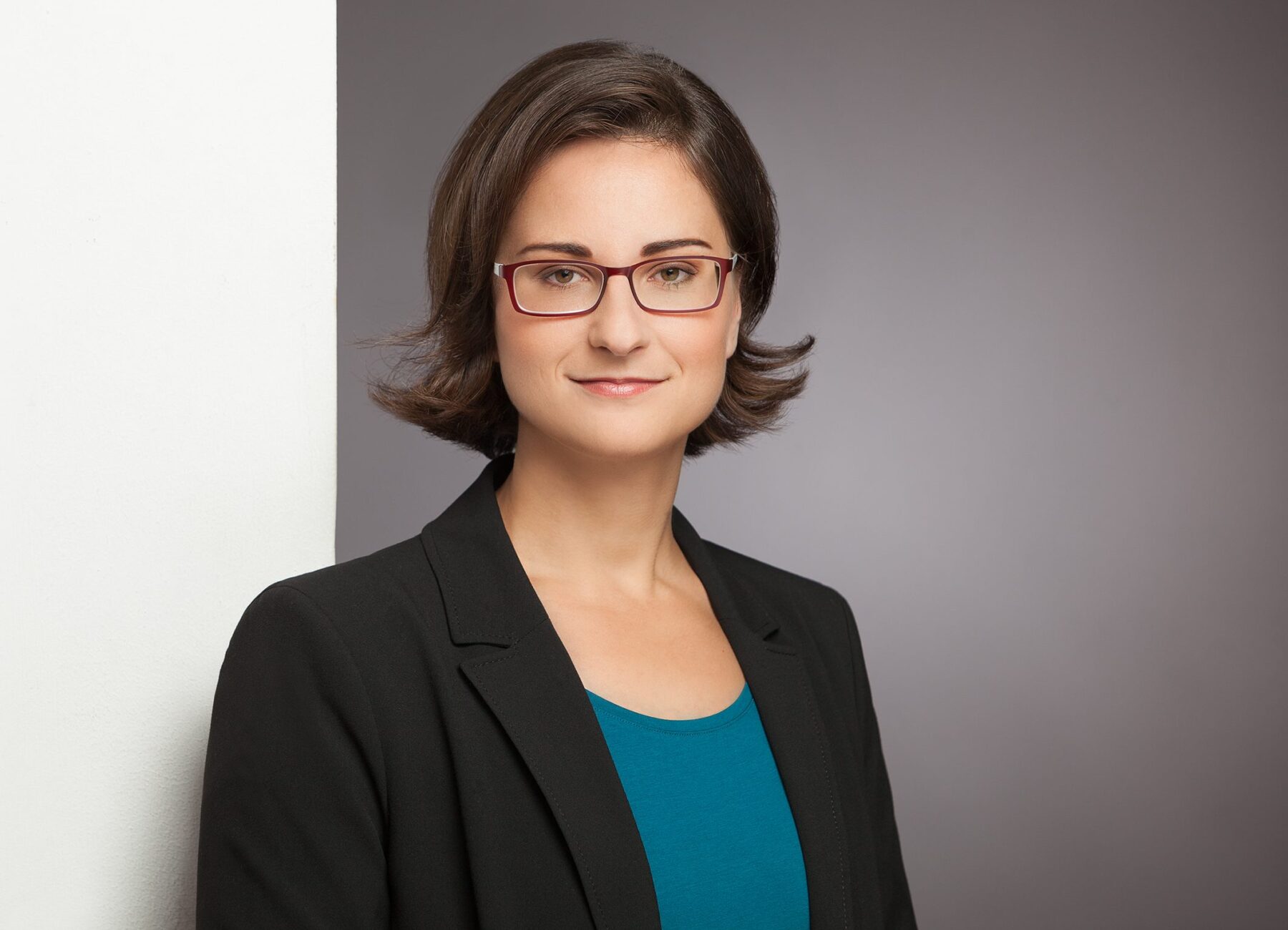
“The Next Generation of Protective Textiles”: Respiratory masks that kill off Corona viruses and are washable – Dr. Katja Uhlig
Respiratory masks could soon be experiencing a minor revolution: it is said that, in the foreseeable future, they will kill off viruses on their surfaces already and be washable at 40°C. It is on this precise aspect that Dr. Katja Uhlig and Dr. Sebastian Kersting of Fraunhofer IZI-BB and Dr. Erik Wischerhoff of Fraunhofer IAP are doing research in the Potsdam Science Park. But the combination of an antiviral surface and cleanability presents a complex challenge to the research work.
Their name might sound unspectacular to the ears of scientific amateurs, but they are able to achieve astonishing results: antimicrobial peptides, known in short as AMP. Should the plans of the scientists working on the project “The Next Generation of Protective Textiles” come to fruition, it may be possible, in the future, to use AMP to inactivate Corona viruses on the surface of a respiratory mask. Scientists also speak here of inactivation when viruses, as a result of external influences, lose their quality of infectiousness. In the case of antimicrobial peptides (AMP), this is a matter of combinations that are also to be found in large numbers in nature and which are constructed out of the same elements as proteins but are significantly shorter in length. In studies and laboratory experiments they have proven themselves to be very efficient whenever it was a matter of inactivating viruses or bacteria. The AMP are viewed as a hope for the future because of their efficacy – and also because they are considered to be an alternative or supplement to antibiotics.